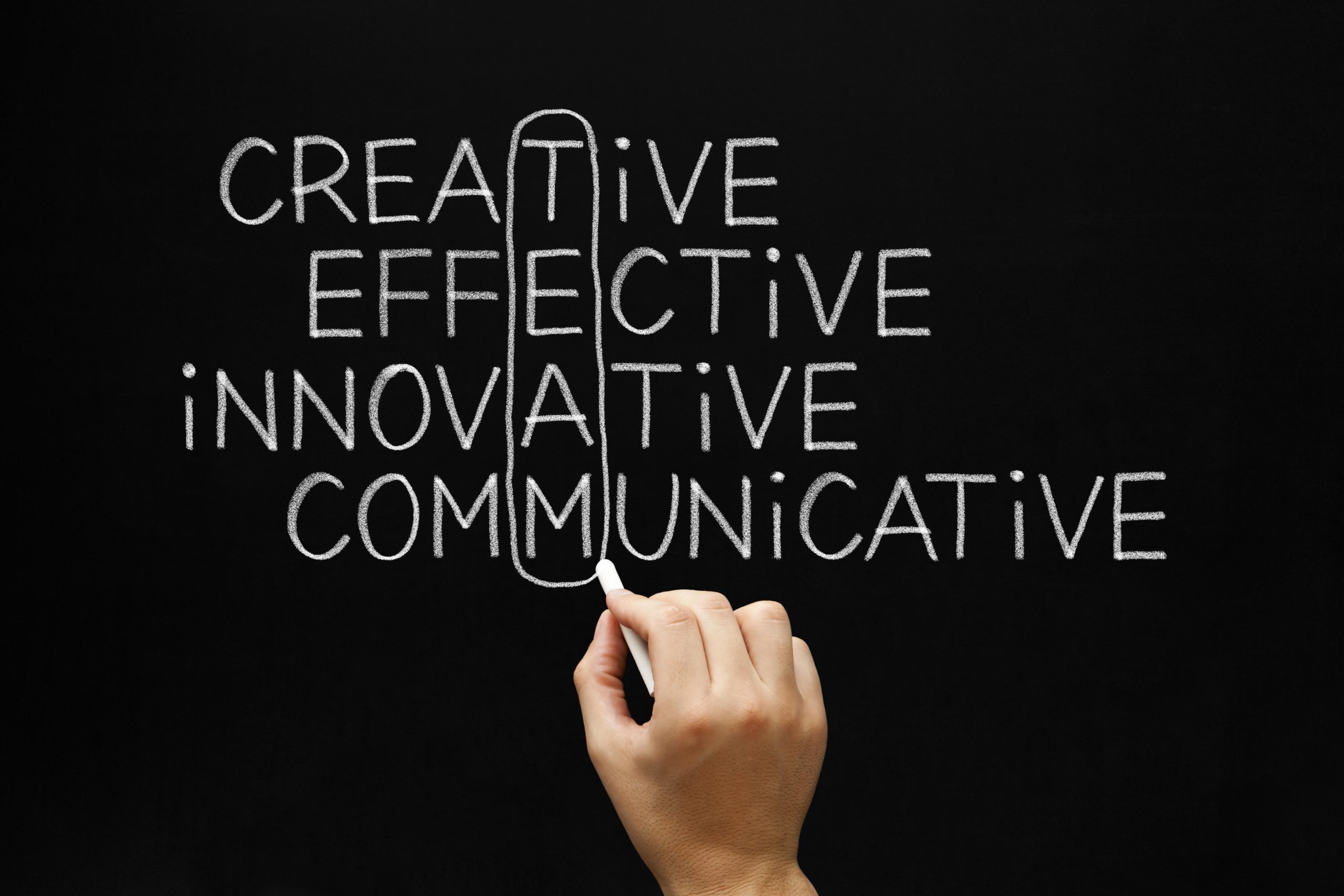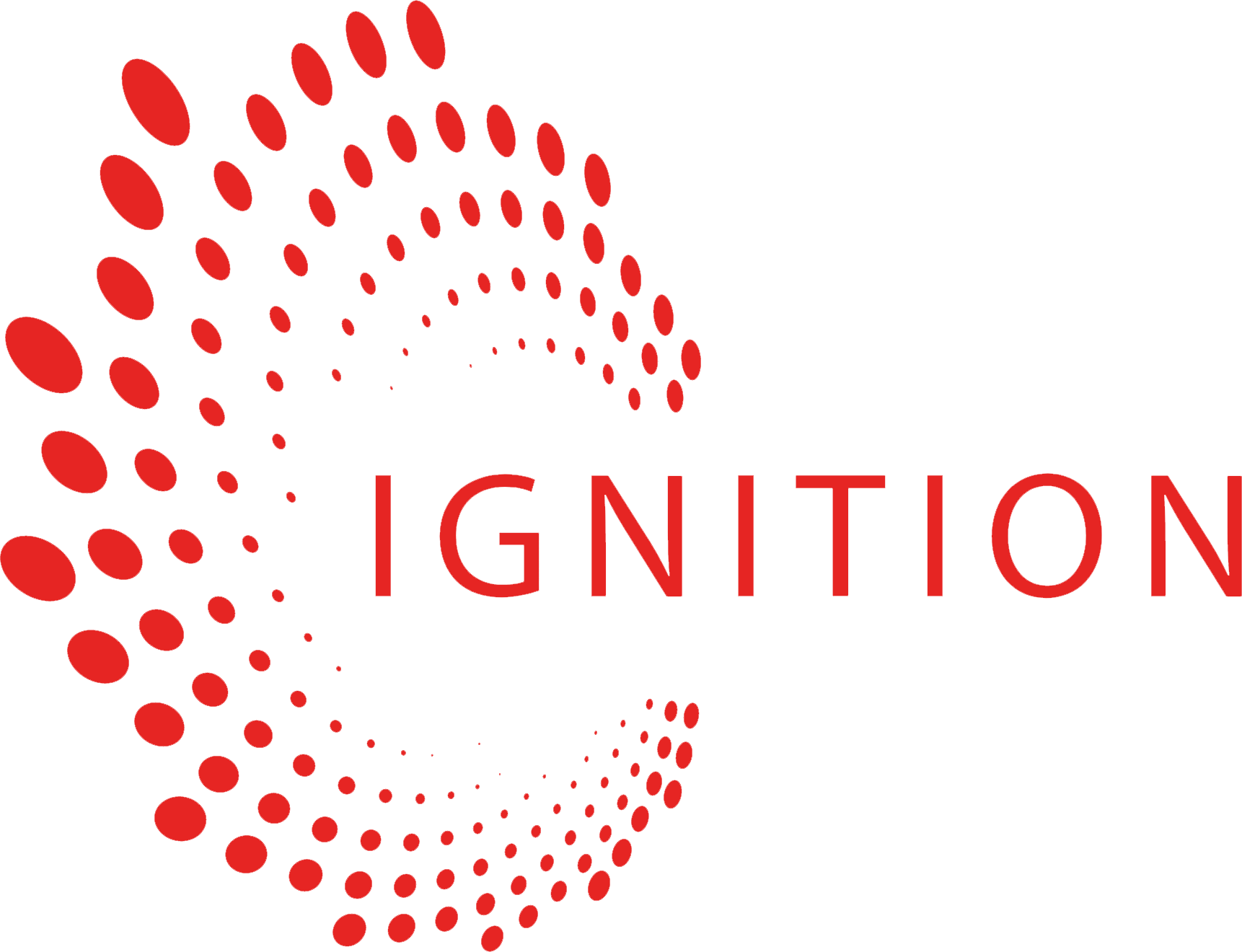

Dagmar Boettger
How to stay energetic as a leader of innovation?
A Coaching Case Study: A Typical Challenge
One of my coaching clients was a team leader of innovation in a well-established energy supply company - a traditional industry. Her role was to support the digital transformation journey of the company. All the titles sounded highly impressive; her office overlooked a whole floor in the innovation lab: EVERYTHING WAS EVERYWHERE ALL AT ONCE FANCY, TECH-DRIVEN and full of BUZZ words: a real INNOVATION heaven. Theoretically!
In my client’s words, the place was full of “headless chicken initiatives”. To her, the teams worked in full competition to each other, they only developed innovative progress out of pure luck and it needed very hard work and an extra effort to manage her team from project goal to the next. In fact, she was so angry about her job and felt like a complete failure, that she wanted to quit.
Her boss built fences, contradictions and rewarded prestigious academics and tech experts for input, thus demotivating her team. The very supportive CTO who wanted my client to make “a dent in the universe” often stepped in to take the lead and thereby distorting the team’s agenda to produce data-based progress on tests with customer groups. Her internal innovation setup was simply a mass.
My approach: How do I help my client as a coach?
Only after listening deeply to my client’s challenges, both as a professional and as a human being, was I able to see the systemic challenge and could reframe the overall issues.
1. Her readiness check indicated clear organisational barriers to innovation and quite a few team challenges.
2. Her Strength profile suggested she was highly talented for the job (a futurist, a learner, a strategist, a communicator and an achiever, and an adept collaborator). In my coaching practice, I make use of various assessments. To collect data on personal predispositions for the job, I use the Clifton Strength Assessment as it provides a unique glance on a human from 34 possible strengths, it puts people in their uniqueness forward. Here is an overview of others - A Brief History Of Personality Tests
My client had all the talents to think with no box, learn to adapt to upcoming challenges and could easily find alternative routes to shaping innovative solutions. She even was able to build the long-term grit and achieve.
We agreed to focus on the following target: She wanted me to help her build her leadership style for herself and the team and to learn to keep energetic throughout the innovation progress. Basically, she needed to grasp how to sail the ship being a vanguard for transformation.

Message 1: Innovators are vanguards for transformation.
Our initial coaching sessions were about finding her own inner drive to act as an innovator and captain of change. She needed that time to pause, reflect and acknowledge her strengths so that she would know how better to leverage them.
She quickly realized that being a corporate innovator, meant to be working and communicating as a vanguard for transformation and an entrepreneur at heart. Innovation brings about something new that creates value, which means it is not done having great ideas, but building business that sells new service to the customers or users. The coaching made her see how to connect to business leaders’ commercial aspirations which would raise their interest in the project. She also saw how to build a level of trust by communicating progress continuously.
At the same time, she realized she was set under high pressure to succeed. Was success possible to predict? THIS was, by far, the least plannable result with any innovation project. As hard as this realization was, it helped her activate her protection shield against quick criticism and made her search for internal benefiters to try and turn them into project supporters. Innovation leadership is also about building alliances to prevent organizational barriers stand in the way.
In the process of building her leadership answer to the challenge, she began calling herself a surfer between worlds: her company was moving from the old success-shaped past where operations fostered linear, well-planned thinking to a new digital worldview where exponential change was realistic and disruption becoming the norm.
Here, quick wins were difficult. Her business colleagues were probably working with traditional values and a mindset of conserving the status quo which stood in the way of the change she was promoting through innovation.
From this personal insight she realized she was not here to please, but to produce evidence and data-based test results to manage the probable risk aversion. Forming a strong, powerful team was the next step forward. She had her team which needed more bonding. Over the following sessions, she built the confidence to coach her team to build a high-performance attitude (from ME to WE) and innovation know-how. This included change management skills, plus the empathy for possible internal opponents to the project.
Message 2: Innovation is teamwork, which means: all for one, one for all.
Adapting this framework to her leadership style, she was able to help them see a special chance to drive change together, thereby making team members loose departmental single views, egotistic work style preferences and naïve ambitions, while building the passion for the mutual goal and the atmosphere for co-creation. As she worried that the most talented ones on her team would leave when the going got tough, she was surprised to notice the opposite: people were committed and fully driven to explore and push the limits.
Why was that possible, I asked her, was she not such a failure after all? When she saw her strength as a leader who made sure team members were emotionally on board and would fight for the project, she grew stronger as a leader. She consciously observed how team members would stick up for good quality teamwork whenever members were behaving unfairly, in case of emotional overwhelm or mental tiredness, the team would cover for each other.
She started to refer to her team members as co-leaders of the project. She was not here to lead the team and push the project. No, innovating was different, they were all on board of this journey and carried the responsibility together. Clear project plans showed the timeline and the tasks, agreement on changes were mutually agreed and any evidence to create learning were shared. Without clear evidence and data, there was no progress in a responsible risk-facing way. Silos and bias needed to be handled, and barriers reflected pins of systemic past. The team learnt to communicate transparently and collaborate despite the odds.
Her ability to take any comment or mood from her team with an emotionally resonant answer, turned commitment to a rock-solid foundation of trust. This level of trust and engagement grew stronger, which drove the level of creative interaction and unconventional and critical thinking to new heights. Moments of despair, especially when test results were meagre, left the team more and more unharmed. They continued to debate for the sake of the project: my client was proud to have built such a bond in the team.
Message 3: Corporate obstacles can be planned for and dealt with
In one session, my client came in tears to the session. Her boss had put a big question on the project, as a senior vice president had commented negatively about the long duration of the efforts. She panicked.
When meeting corporate barriers, innovating gets highly emotional. My client realized her mind had gone back to a traditional way: She feared to fail, panicked to lose her job and get a dent in her cv.
Innovation does not follow the mutually binding rules of corporate operations: predictions of success need to be falsified. But with 40% of product innovations failing, chances of success are hard to predict. Progress and tests therefore need data to become visible, and assumptions often need to be proven, and if proven wrong then ignored all together. This is tough to accept for non-innovators. We therefore worked on a plan to connect tactics, thus building internal winners, hence engaging with benefitting parties of this innovation marathon.
Here, we ended up laughing about possible "kindergarten sandpit" rivalries, and she knew she had to prepare for them and overcome her fear. Changing perspectives and seeing the change from an intrapreneurial angle made it easier for my client to survive her fear and continue.
Message 4: You Need to take care of yourself and your team – innovating demands extra energy and extra team spirit
In any innovation marathon, progress can mean you go three steps forward, and two steps back. Innovating is a tough choice for people and needs highly resilient and frustration-tolerant people to be managed. Re-loading energy and still iterating for a new attempt to solve a big question is extremely challenging for a leader. And the team. The passion for the matter thereby becomes the ultimate source of energy and grit.
My client learnt to take care of herself by focusing on the seven types of rest. In order for her to maintain grit, she had to follow a rigid self-care pattern, acknowledging how draining the job was. As a family member with kids and the pandemic experiences, she had a lot on her plate but learnt to forget about work to see the joy instead.

Closing remarks
Have you met such a challenge yourself as an innovator? What did you do in order to manage the situation? What were your insights?
Surely there is a lot we can learn from each other.
In case you are interested to learn more what is on offer for people like you, do reach out to me.

